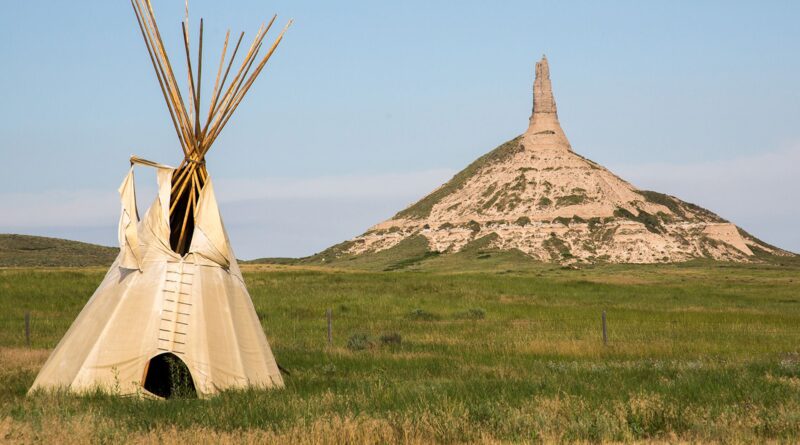History Of Nebraska
Located in the heartland of the United States, Nebraska boasts a rich and diverse history that spans centuries. From the indigenous tribes that first called the region home to the pioneers and settlers who shaped its destiny, the state has played a significant role in the development of the American West. This article delves into the captivating history of Nebraska, exploring its early inhabitants, territorial struggles, agricultural boom, and its enduring spirit of resilience.
The story of Nebraska begins with its native peoples, including tribes such as the Omaha, Pawnee, Ponca, and Lakota Sioux. These tribes thrived in the region, relying on the vast plains for their livelihoods. European explorers and fur traders began to venture into Nebraska in the early 18th century, with French and Spanish explorers leaving their mark on the land.
In the 19th century, Nebraska became the gateway to the West as pioneers and settlers embarked on the arduous journey along the Oregon and California Trails. The discovery of gold in nearby Colorado further fueled migration, and Nebraska’s strategic location made it a crucial crossroads for trade and transportation. The establishment of Fort Kearny in 1848 and later Fort Omaha reinforced its significance as a frontier outpost.
However, Nebraska’s path to statehood was not without challenges. The struggle for territorial status and the divisive issue of slavery dominated the region’s politics. The Kansas-Nebraska Act of 1854, which allowed settlers to decide the fate of slavery through popular sovereignty, ignited tensions and led to violent conflicts between pro-slavery and anti-slavery factions. The subsequent creation of the Nebraska Territory in 1854 marked a pivotal moment in the state’s history.
As the territory grew, the Homestead Act of 1862 encouraged thousands of settlers to claim land in Nebraska, fueling an agricultural boom. The development of irrigation systems and the introduction of new farming techniques transformed the prairie into fertile farmland. The transcontinental railroad, which reached Nebraska in 1867, further accelerated growth and opened new avenues for commerce.
In the late 19th and early 20th centuries, Nebraska experienced a wave of technological advancements and social reforms. Innovations such as windmills and barbed wire revolutionized farming practices, while the women’s suffrage movement gained momentum. The state’s commitment to education led to the establishment of the University of Nebraska in 1869, which became a prominent center of learning.
The Great Depression and the Dust Bowl of the 1930s hit Nebraska hard, testing the resilience of its people. However, the state bounced back through federal programs, agricultural diversification, and the indomitable spirit of its residents. Nebraska’s agricultural sector recovered, and it emerged as a leading producer of corn, soybeans, beef, and pork.
In recent decades, Nebraska has continued to evolve, embracing modern industries while preserving its heritage. The state is home to cultural landmarks like Chimney Rock and Scotts Bluff National Monument, which pay tribute to its pioneer past. The vibrant cities of Omaha and Lincoln have become hubs of commerce, culture, and innovation.
In conclusion, the history of Nebraska is a testament to the perseverance and adaptability of its people. From its native inhabitants to the pioneers, settlers, and present-day residents, the state has forged a unique identity shaped by its geography, diverse communities, and pioneering spirit. As Nebraska continues to grow and thrive, its history remains an integral part of its identity, reminding us of the strength and resilience found in the heartland of America.
Discover more from City Towner
Subscribe to get the latest posts sent to your email.




